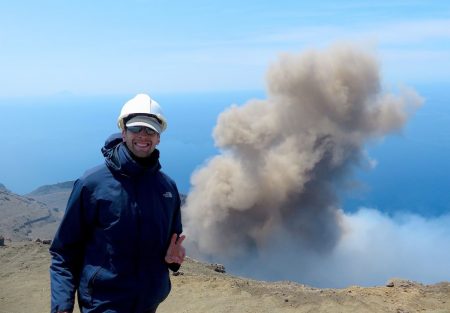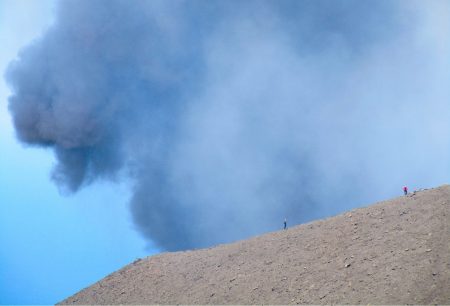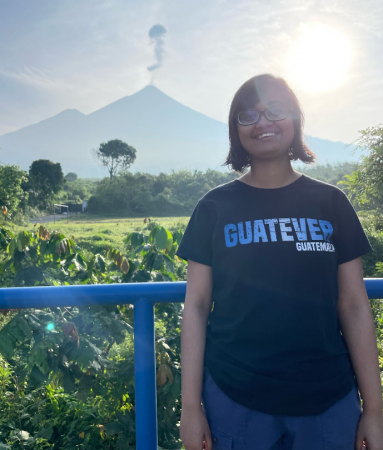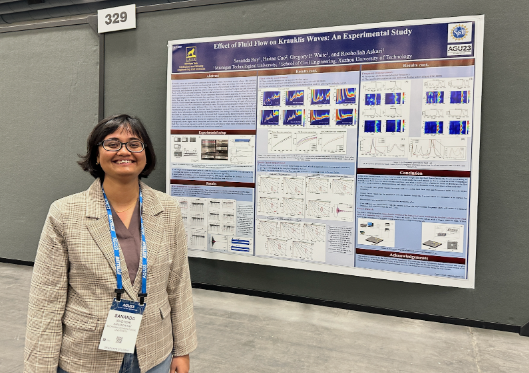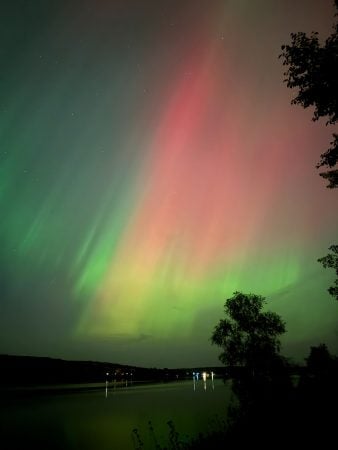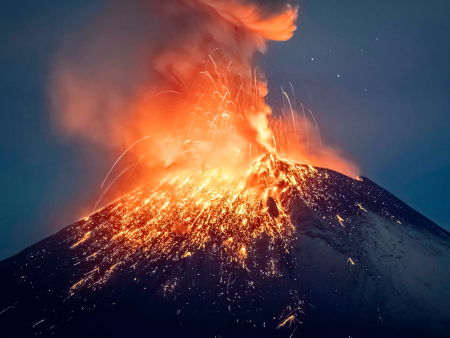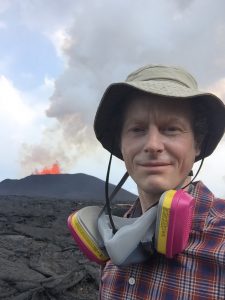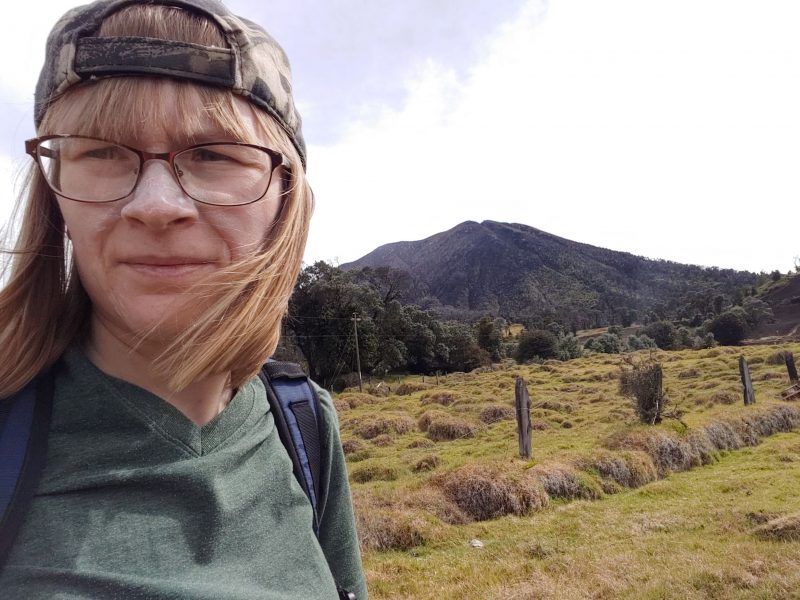
The Department of Geological and Mining Engineering and Sciences (GMES) proudly recognizes Ph.D. candidate Gustavo Bejar-Lopez as an Outstanding Department Scholar for his exceptional contributions to volcanology and natural hazard research.
Bejar-Lopez’s passion for volcanoes began in his childhood in Ecuador, where he witnessed the eruptions of Tungurahua Volcano. That early fascination grew into a career dedicated to better understanding volcanic hazards. As a Ph.D. student at Michigan Tech, he has played a pivotal role in advancing lahar early detection systems through his research on Volcán de Fuego in Guatemala. His work integrates seismology, machine learning, and geostatistics to enhance hazard assessments, focusing on using machine learning techniques for lahar forecasting.
Beyond research, Bejar-Lopez is committed to mentorship. He has strengthened Michigan Tech’s collaborative ties with his undergraduate alma mater, Yachay Tech University, by involving students in field research. In 2023, he secured a National Geographic Explorer Grant, which allowed him to expand research efforts and provide hands-on training opportunities for students from both institutions.
GMES faculty have praised Bejar-Lopez for his leadership, problem-solving skills, and dedication to scientific collaboration. Bejar-Lopez says, “The most fulfilling part of my PhD has been learning from our collaborators, everyone from the scientists at INSIVUMEH, to the people in the communities like the observers who are truly the experts of Fuego. Their knowledge didn’t only benefit scientific advancement in my work. It did also put into perspective the importance of working together to relieve some of the struggles people vulnerable to hazards live with.” His efforts in geophysical monitoring, combined with his role as a mentor, exemplify the values of Michigan Tech’s research community.
Congratulations to Gustavo Bejar-Lopez on this well-earned recognition!

